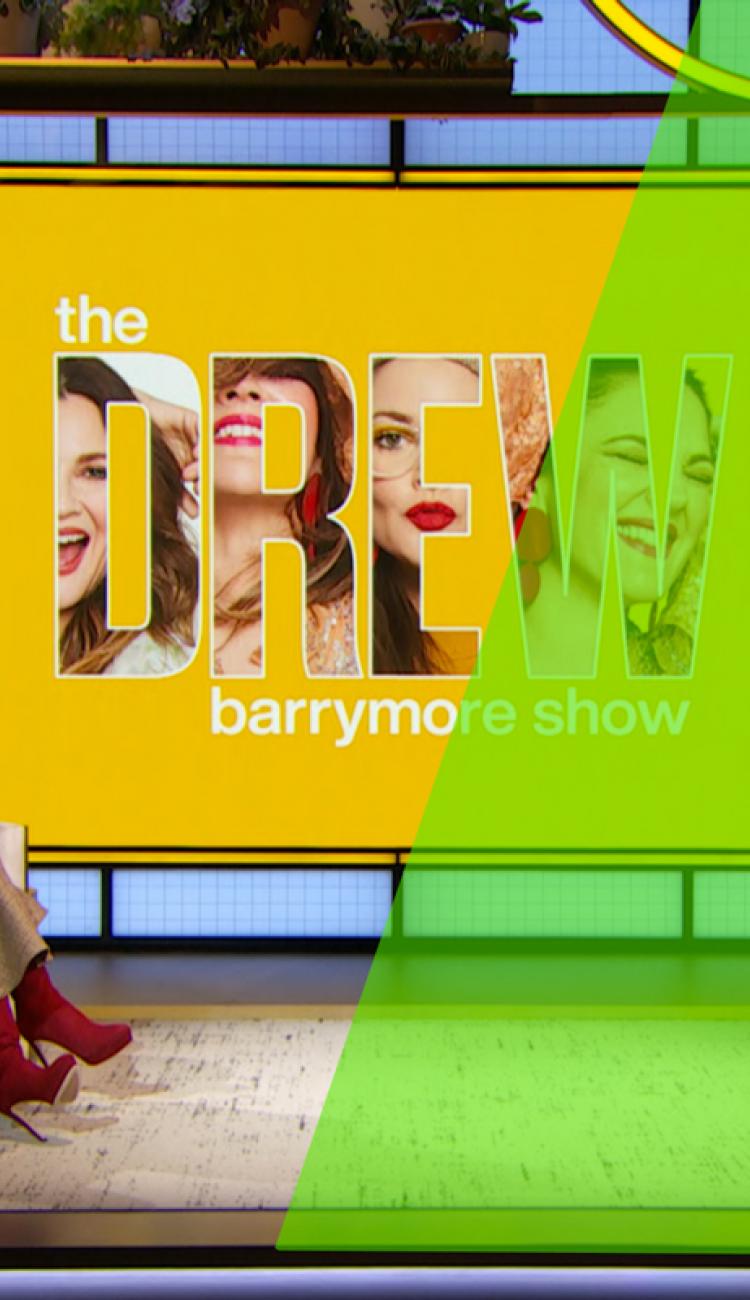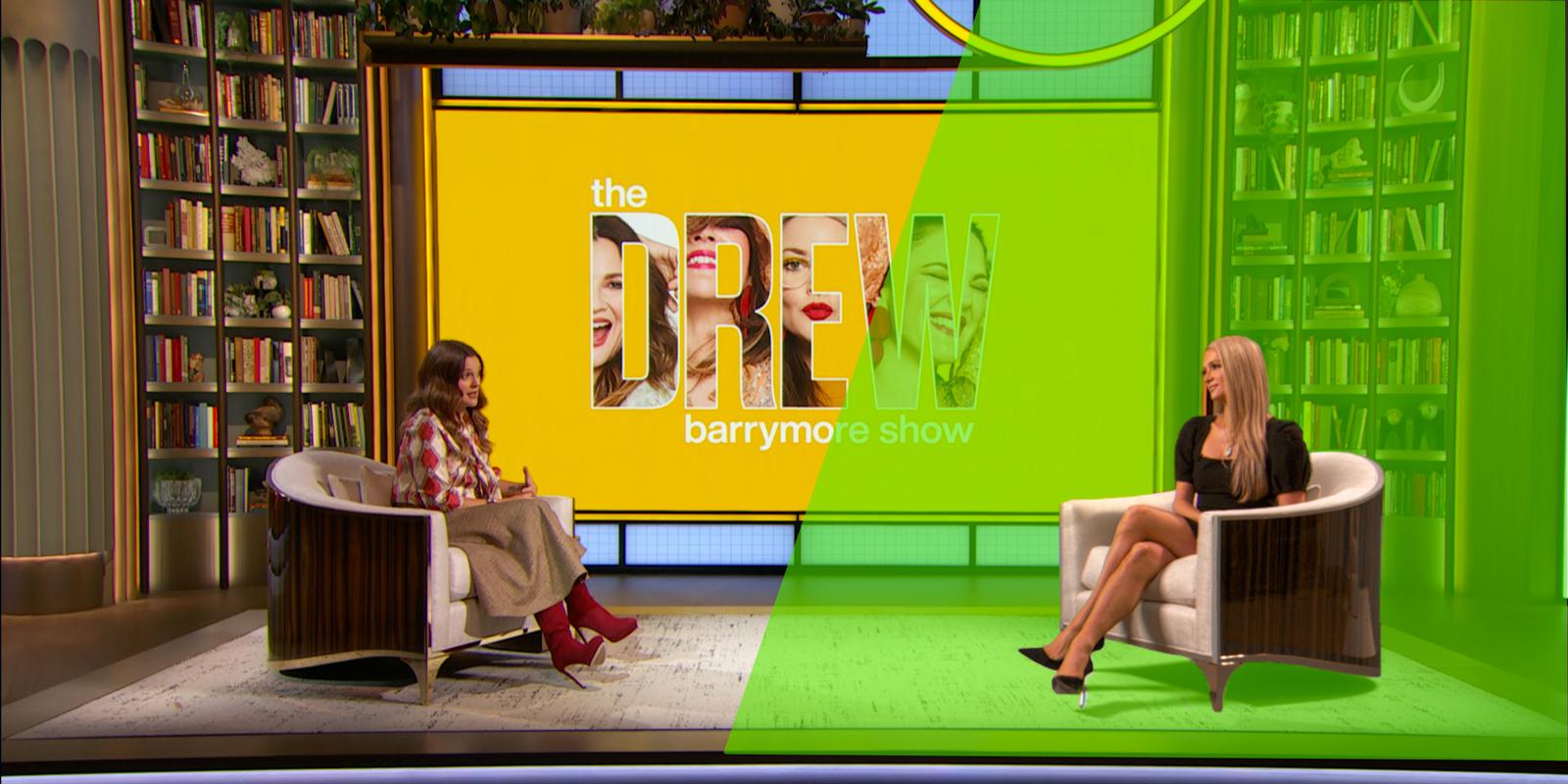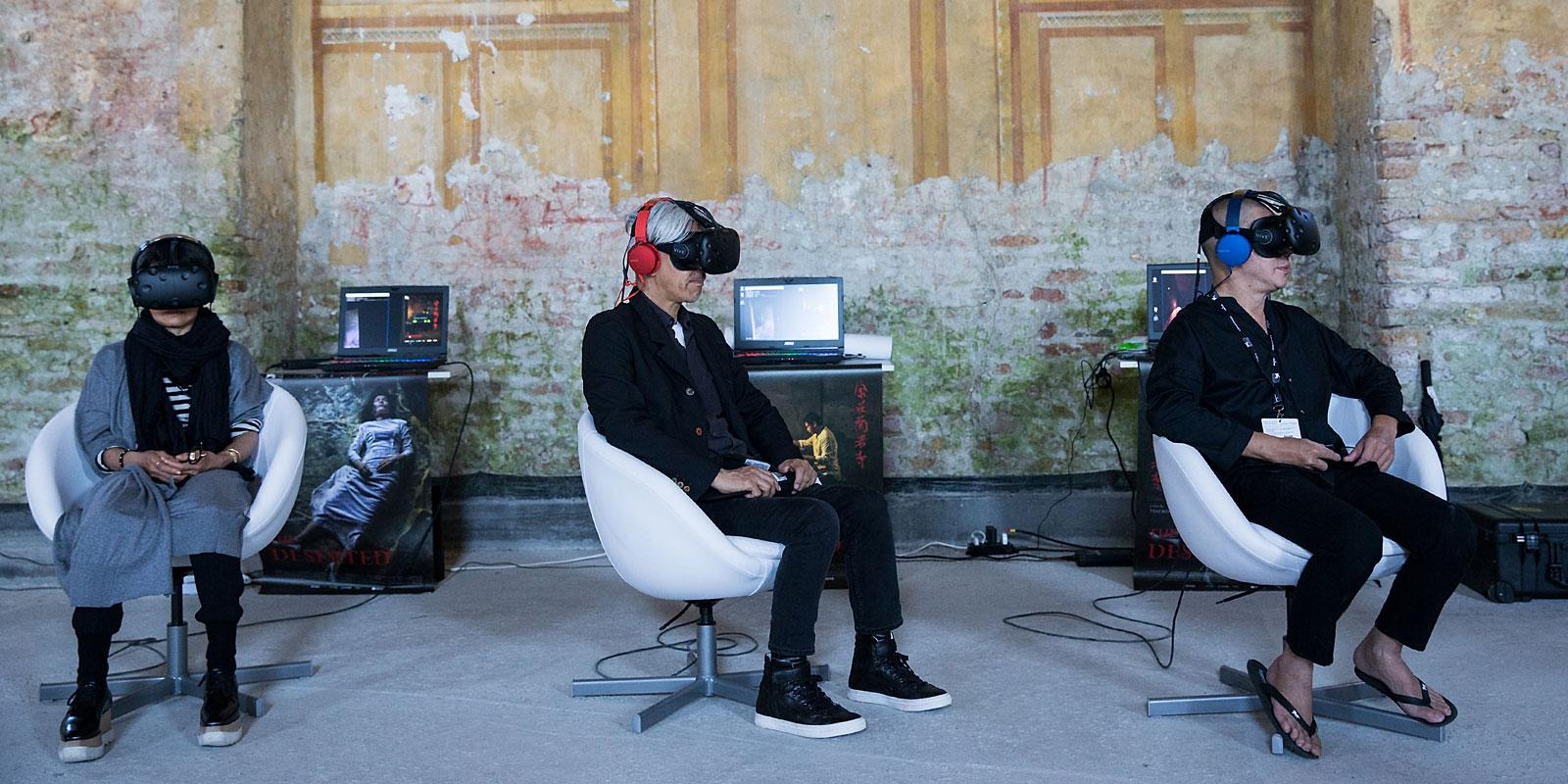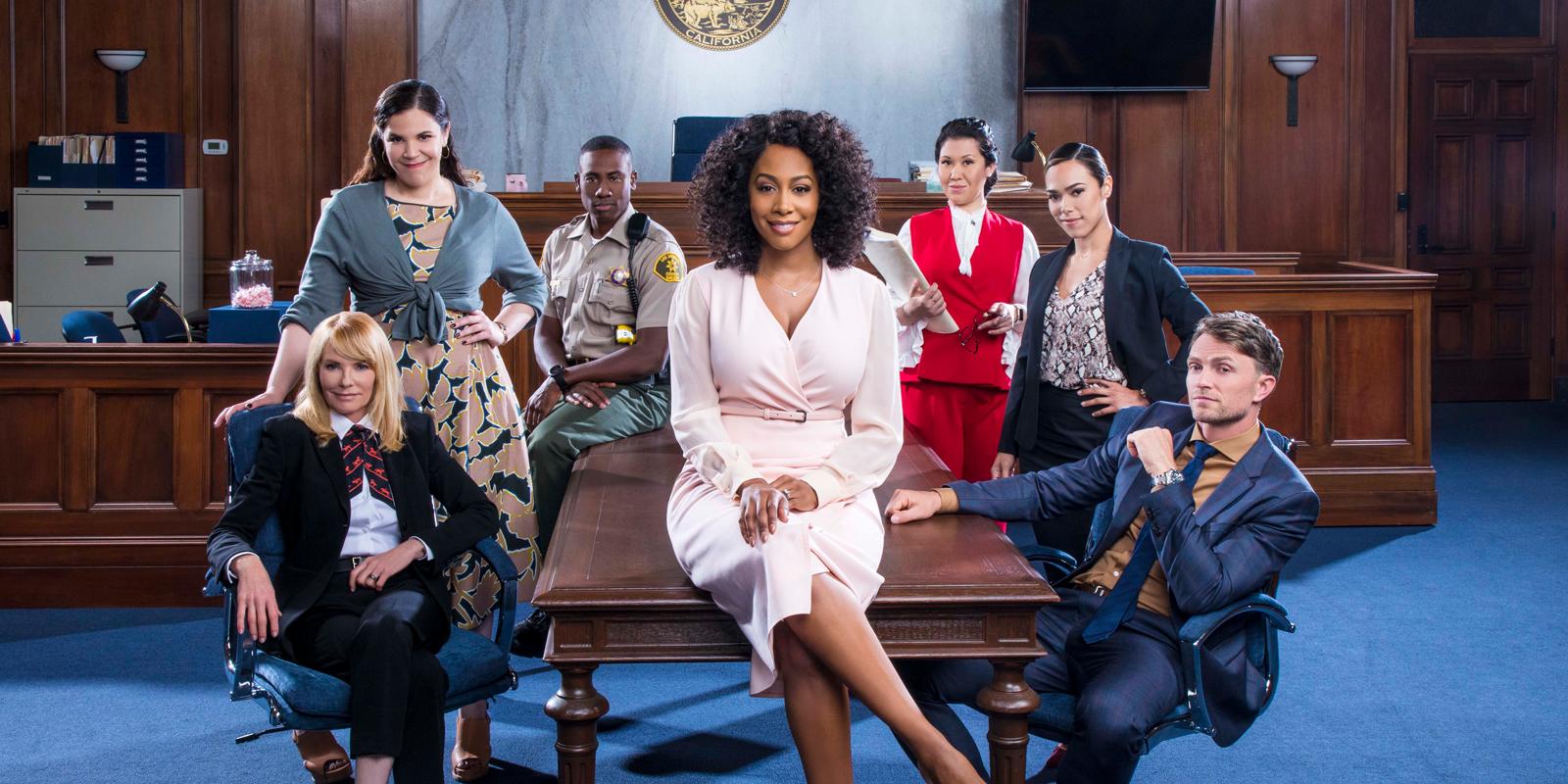Nov 02, 2020
CBS VFX developed a revolutionary visual effects technology to bring a premium daytime TV experience to viewers of the talk show.
No one wanted The Drew Barrymore Show to contribute to Zoom fatigue.
The syndicated daytime talk show, hosted by Barrymore and produced by CBS Television Distribution, was conceived pre-pandemic. But, as producers worked toward the show’s September premiere, they wanted to find a way to retain the intimacy of a traditional studio interview despite Covid-related limitations.
The solution came courtesy of CBS VFX—an award-winning visual effects studio—which developed technology that makes it possible for guests of The Drew Barrymore Show to look like they’re in-studio, when, in fact, they’re several thousand miles away. The visual effects technology—which uses two synchronized cameras in two different locations—is the first-of-its-kind and was created specifically for Barrymore and her team.

“The CBS Television team was looking for new, innovative ways to maintain the look and feel of the show they had dreamed up,” says Craig Weiss, founder and executive creative director of CBS VFX. “Our solution was aimed at bringing people together from different locations and making it feel like they were in the same room.”
Weiss and his team focused on keeping Barrymore on set and “teleporting her guests” into the show. So far this season, Barrymore interviewed remote guests like Cameron Diaz and Tom Green in real-time, via one camera in her studio that linked with a camera at a secure set in Los Angeles. With a green screen, the California set created a digital backdrop of Barrymore’s New York City studio, while the cameras—backed by custom synchronization software—allowed Barrymore and her guests to see each other and interact in a way that appeared seamless to viewers.
The technology took about four months to create and test in time for the talk show’s debut in September. Now, CBS VFX plans to adapt it for other shows and films.
Producing the Future
CBS VFX was founded in 1993, around the time CGI technology became common in the film and TV industries. The team worked on a few pilots a year and the series Touched By An Angel.
Today, CBS VFX is part of CBS Studios and is responsible for developing custom tools that solve common production issues, such as cost, travel, weather delays, and now the coronavirus pandemic. It creates visual effects for multiple series across many networks, including All Rise on CBS, This Is Us on NBC, CBS Television Studios-produced Dead to Me on Netflix, and Black Monday on SHOWTIME.
“For a lot of shows in production today, you just can’t tell the story you want without having visual effects,” says George Bloom, executive producer for CBS VFX.
The team continues to evolve with the visual effects industry, which is now in the early stages of adopting augmented reality (AR), virtual reality (VR), as well as volumetric capture, which records video in 3D.
"For a lot of shows in production today, you just can’t tell the story you want without having visual effects"
“We were early adopters of virtual production,” says Weiss. “That has really become the new thing now with COVID-19. But all of our technology is aimed at solving all kinds of production problems. We like to call it: ‘bringing the world to the stage.’”
While the custom technology created for Barrymore and her production team was a solution to real-time filming, the division offers several tools for extended productions using virtual sets. The foundation of CBS VFX’s virtual set technology is a platform called Parallax that allows producers to build digital 3D environments based on volumetrically captured sets and locations.
“We laser scan locations, and we build digital replicas of an actual location, so that virtual set can be put onto a green screen,” says Bloom. “Plus, with the three-dimensional sets that we build, you can move the handheld camera so that you can walk around the actor as you film. The viewer believes the actor is really in that environment—so do the director and director of photography—because they're able to see the actor in that environment in real-time while they're shooting.”
For Season 2 of the CBS legal drama All Rise—which began production in September—CBS VFX volumetrically captured the Hall of Justice in Los Angeles. The team worked with producers to create that environment on a green screen for scenes with actress Simone Messick and others.
“Virtual production is accelerating in our industry for many reasons, and COVID-19 is only one of them,” says Weiss. “These types of innovations are going to be the norm moving forward. If you could choose between being out on a random street in the middle of the night just to get one shot and being on a virtual set that's made to look like nighttime during the day, I think 100 percent of the people surveyed would take the second option.”




